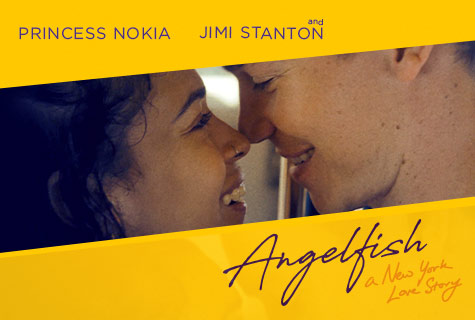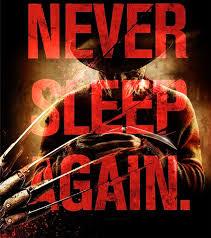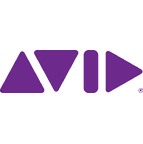According to Statistics and Facts About the Film Industry, the digital media industry shows healthy projections for the upcoming years. It is estimated that the film industry will increase from about $38 billion in 2016 to nearly $50 billion in 2020. From this increase in revenue, it is evident that the media industry is prospering. Those who are looking for employment within the film industry are in a good position in terms of their career choices. Before getting behind the camera and filming your soon-to-be Oscar nominated film, you must decide which film school to attend.
· How does one choose the best program?
· How much are you willing to spend?
· Do you prefer a formal education based on theory or is hands-on training more important?
These are all great questions to ask yourself.
Here are several points to consider when choosing or considering a film school:
Who are your teachers?
When universities select professors and lecturers for their institution an emphasis is placed on their academic achievement. Although these faculty members are able to provide their students with theoretical knowledge, in many cases they lack real world experience. A professor can educate his/her student about film history but not how to produce a film. If a student only has access to the theoretical aspects of film, they may never get the chance to produce their own content. A student should therefore consider investing in more practical training in digital media rather than the university option. Film training schools select their teachers and lecturers based on their industry experience. With this industry experience, teachers are able to create a curriculum that focuses more on the technical aspects of film. They are more “in-tune” with the evolution of technology, which the film industry heavily relies on.
Hands-on time
In a world filled with endless evolving cameras, physically shooting a film is not rocket science. Lights, camera, ACTION….and hit the record button, right? Although it might appear to be this simple, practice is what allows an amateur to become a professional. When shooting a film one must consider the following: lighting, camera movement, frame rate, shutter speed, and sound recording.
Professionals from the film industry know that hands-on training is essential to a good production. Allowing students to get sufficient lab time is crucial. University students can find themselves struggling to find this practice time, while students in film training schools have the advantage of being exposed to more lab time due to small class sizes.
Affordability
Unfortunately, a university education in filmmaking is usually on the pricey side. Your tuition can be as expensive as $50,000 per semester. A film training school like Digital Film Academy on the other hand, only charges students $17,995 per year, which can potentially save you from large student debt. In addition, Digital Film Academy provides its students with free access to filming tools.
Career Prospects
Although the film industry has healthy projections for the upcoming years, the film industry currently has a competitive job market. Once students have graduated from their chosen film schools, how will they find employment? Film schools like Digital Film Academy provide students with access to a job board. Instead of waiting to graduate before finding employment, these Digital Film Academy students are eligible to apply for these jobs even during their studies.
Choosing the right film school may be an easy or difficult decision to make. It depends on the size of your pockets, the content that is being taught, and how you will use this knowledge. If you find yourself struggling to make a decision, remember that a top quality school will provide you with:
- Valuable courses
- Hands-on training
- Teachers with industry experience
- Job opportunities
Digital Film Academy will provide you with all of the above.
Click here to find out more about DFA: Why DFA?
Reference:
Statistics and facts about the film industry. (2016) https://www.statista.com/topics/964/film/
















































